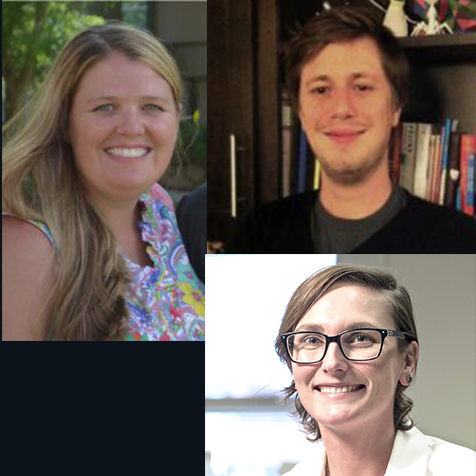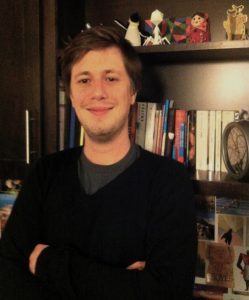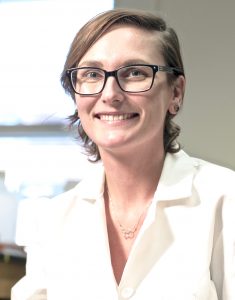
Posted on August 14, 2017
 Louis-Marie Bobay
Louis-Marie Bobay
Dr. Bobay’s lab focuses on the evolution of microbial genomes and populations. They apply and develop computational approaches to elucidate the forces that shape the architecture and gene repertoire of microbial genomes. The lab is particularly interested in understanding the impact of population dynamics on microbial evolution. They are working on the evolution of gene flow across bacterial populations and on the processes leading to microbial speciation.

Sally Koerner
Dr. Koerner’s lab focuses on community ecology and biodiversity – what is biodiversity, how is it created and maintained, how does it influence ecosystem function, and how is global change altering it? This research program is field-based and hypothesis-driven and utilizes plant and animal communities in North America (e.g., tallgrass prairie, shortgrass steppe) and Africa (e.g., savannas, tropical forests). They employ a combination of observational studies and both short- and long-term experimental manipulations in order to permit robust conclusions about fundamental ecological processes that maintain and control biodiversity and ecosystem function as well as how various anthropogenic factors alter these relationships. In addition, the research uses data synthesis and meta-analysis techniques to provide global scale inferences about biodiversity.

Kasie Raymann
As an evolutionary biologist, Dr. Raymann’s broad interest is in understanding how microbes evolve and adapt as populations and communities. Her research has addressed microbial evolution both at the broad-scale (e.g. ancient evolutionary relationships) and fine-scale (e.g. microbial community response to perturbation). Currently, her lab uses the honeybee, an important agricultural and environmental pollinator, as a model system to study the evolution and dynamics of host-associated microbial communities.